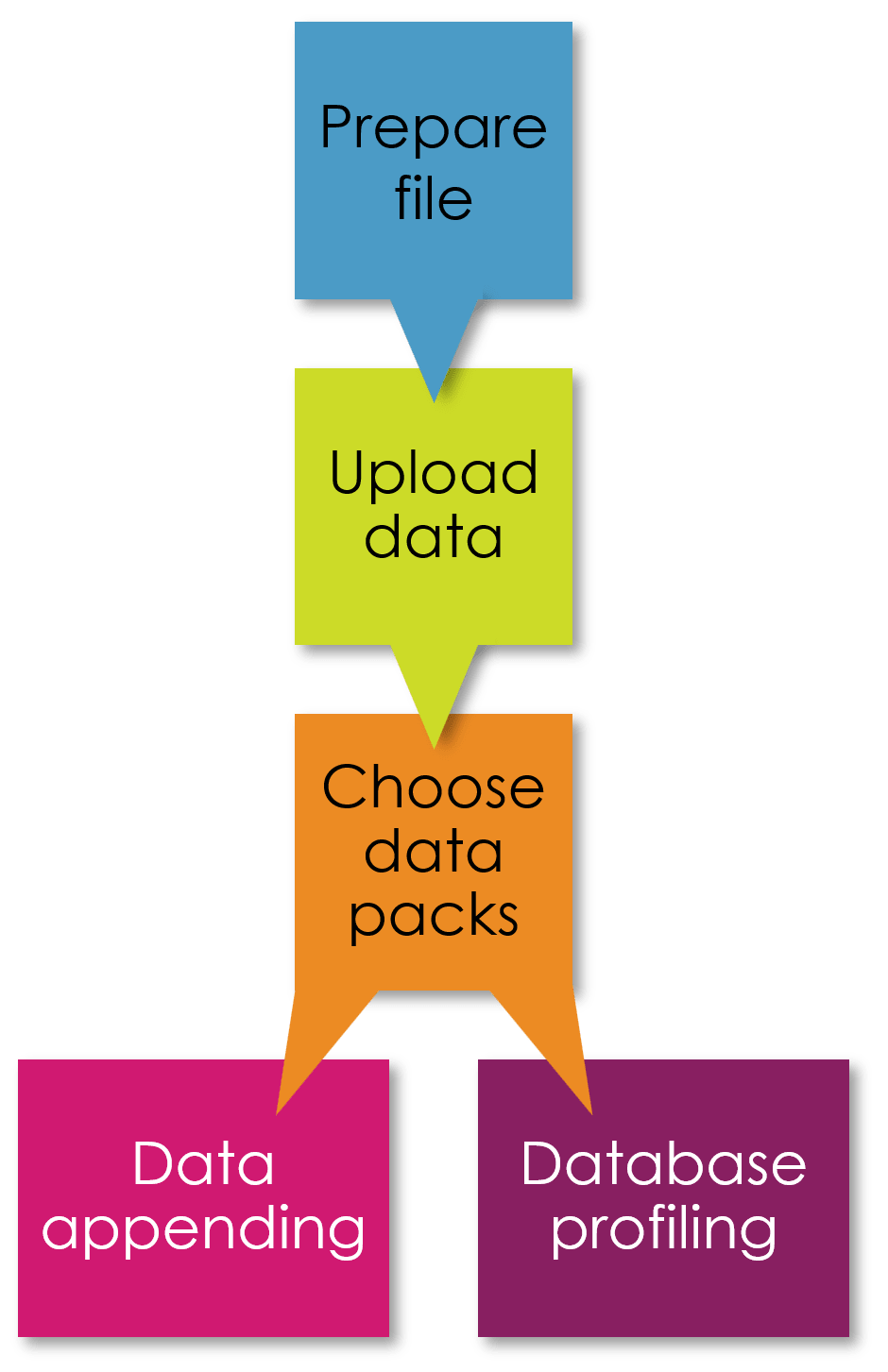What is Quick Append?
A PAYG portal that appends Sociodemographic Segments & Human Insights Data to survey research & sanitised customer files. It also produces AI-ready database profiling reports for immediate access to insights.
Our Top Use Cases
-
Identify, Measure and Activate
Develop a segmented Go to Market Strategy using our sociodemographic segments to identify top-performing groups, measure their headroom & responsiveness, and activate on prospect databases and in external media channels.
-
Make Great Research Even Better
Broaden the scope of your consumer research surveys by appending additional dimensions such as personal values, motivational mindsets, interests and buying drivers. Use our on-demand Human Insights Data to minimise fieldwork costs and reduce respondent burden.
-
Bring Your Segments to Life
Enhance your segment pen portraits and persona descriptions with a comprehensive, 360-degree perspective on psychology, lifestyles, LOHAS measures and media consumption. Validate differentiation between your segments and bring them to life with unique Human Insights Data.
-
Speak to What Your Customers Value Most
Develop nuanced, personalised messaging and compelling value propositions that resonate with your customers’ values, motivational drivers, lifestyles and sustainability behaviours. Leverage our Human Insights Data to add depth to your customer engagement strategy.
How it Works
Prepare your data file with location and simple demographics. Drag-and-Drop to Quick Append, select the Human Insights Data you need and choose to either have it appended to your data file or create an AI-ready database profiling report.








